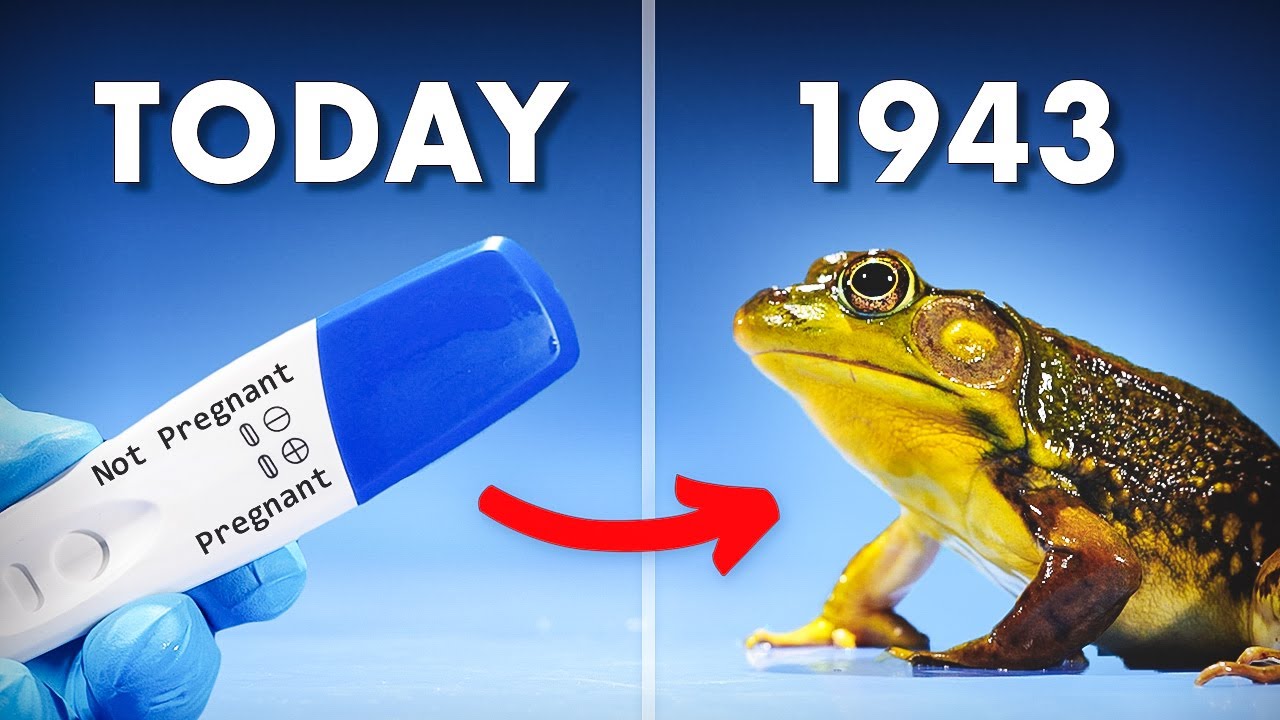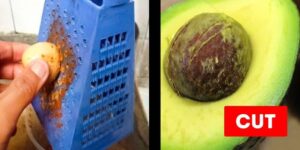Why Frogs Were Used As Pregnancy Tests
In the mid-20th century, a simple yet effective pregnancy test involved injecting urine into a frog. While this might sound unusual today, it was a standard medical practice from the 1930s to the 1960s. However, what seemed like a medical breakthrough would later contribute to one of the most devastating ecological disasters in modern history—the global decline of amphibian species.
How Did a Frog Determine Pregnancy?
Take a look at a historical photograph from 1952, showing medical technicians conducting pregnancy tests. The process was straightforward: a woman’s urine was injected into an African clawed frog. If the frog laid eggs within a few hours, it confirmed pregnancy. This method, known as the Hogben Test, was highly reliable and widely used before the advent of modern home pregnancy tests.
The Silent Spread of a Deadly Fungus
The African clawed frog (Xenopus laevis) was the primary species used in these tests. Originally native to Africa, these frogs were transported worldwide to medical laboratories. For decades, they were confined to lab settings—until the 1970s, when at-home pregnancy tests rendered them obsolete.
With no further need for these frogs, many laboratories simply released them into the wild. This led to the establishment of wild populations of African clawed frogs across various continents. However, these frogs carried an invisible threat: Batrachochytrium dendrobatidis (Bd), also known as chytrid fungus.
A Global Amphibian Apocalypse
Chytrid fungus had little to no effect on African clawed frogs, as they were natural carriers. However, when it spread to native amphibian populations, the results were catastrophic. The fungus infected the skin of susceptible species, thickening it and impairing essential functions such as nutrient absorption, respiration, and toxin release. This often resulted in cardiac arrest and rapid population declines.
The consequences were dire:
120 species suffered a 90% population decline.
90 species became completely extinct.
30% of all amphibian species worldwide were infected.
This mass extinction event continues to affect ecosystems today, making it one of the worst wildlife crises of modern times.
How Can We Help Save Amphibians?
Despite the grim outlook, conservation efforts are making a difference. Organizations like Planet Wild are actively working to locate and protect endangered amphibian species. Their innovative approach involves partnering with conservationists to execute impactful projects, such as rewilding orphaned animals and restoring lost habitats.
By supporting Planet Wild through a small monthly contribution (starting at just $6), you can directly fund conservation initiatives. They provide transparency by documenting their projects via YouTube videos and reports, ensuring you see the impact of your contribution.
Join the Movement to Save Amphibians
To take part in this conservation effort, scan the QR code below or sign up using the provided link. The first 200 people who join using a special code will have their first month sponsored, allowing them to support these crucial efforts at no cost.
Every action counts in preserving our planet’s biodiversity. Join the mission to protect endangered amphibians and help restore balance to our ecosystems.
Share this content:











